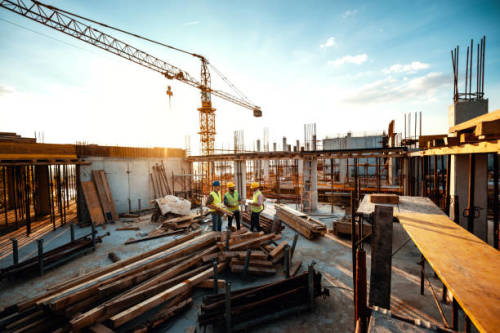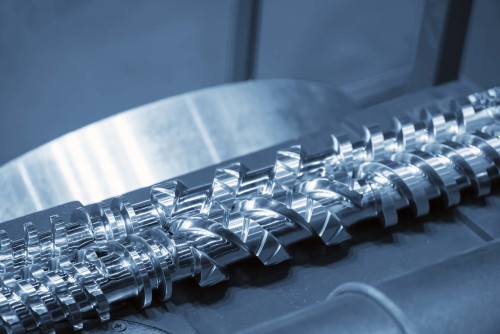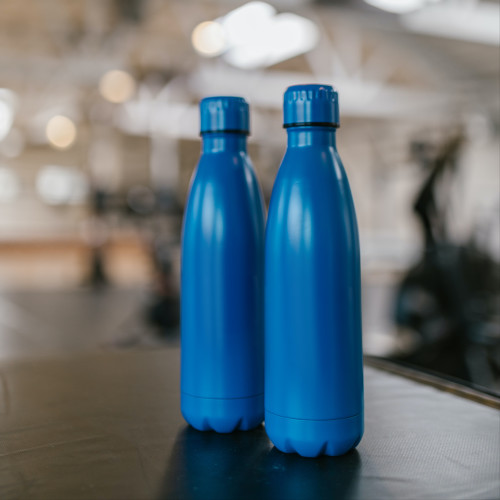Double Bubble
In the double bubble process, the polymer is extruded as a tube into a water bath. The water rapidly quenches the polymer, reducing its crystallinity compared to conventional air quench blown film. The lower level of crystallinity helps in the subsequent orientation process.
Following quenching the tube is reheated to the orientation temperature using a hot water bath or IR heater. This two-step process of quenching and reheating the tube helps control the crystallinity as well as produces a more uniform temperature for orientation. The tube is expanded by blowing air inside the tube similar to a conventional blown film process. A difference is that in the double bubble process the tube is oriented at lower temperatures, producing higher stresses during orientation. Stretch ratios are also typically much higher than in conventional blown film. As a result, double bubble films have more orientation than conventional blown films.
The double bubble process produces a film with more uniform properties in the machine and transverse directions than a sequential tenter frame process. Tenter frame processes have a much higher output than the double bubble processes and are the predominate method used to make BOPP and BOPET film. Double bubble processes are often used to make shrink film/bags and more recently have been used for manufacturing barrier films.












